Artificial intelligence -based solutions in radiation dose management (Dosis) project is an international collaboration project between Singapore Institute of Technology and Metropolia University of Applied Sciences. The main goal of the project is to study the potential of the AI used in medical imaging and produce a review articles from the topics by the means of co-creative learning pedagogy. Participants of this project comprise five lecturers and 17 students: 13 from radiography and 4 from ICT. The students were divided into four groups. Each group had student members from Metropolia and SIT, and each group was guided by a lecturer, either from Metropolia or SIT.
We started working on the Dosis project at the beginning of this year, and a lot of thing has happened during this time. It was planned that our fellow students from Singapore would visit us here in Finland during May, but unfortunately the whole world was shaken by a new unknown virus. This corona virus outbreak made us think of a new way to interact with each other. Fortunately, our professors planned that our intensive week would be realised by Zoom web conferencing application. That way we could carry on with our articles. The working language during the whole project was English.
We started our intensive week on Tuesday the 12th of May with a presentation of the project by our principal lecturer Eija Metsälä. She went over the goals of the intensive week and had a brief presentation about our new campus and showed a video about Helsinki. We also saw a presentation of Singapore Institute of Technology. After this brief presentation, we started to work on our articles in breakout rooms in Zoom. As a pre-assignment for the intensive week we planned our objectives of the day and learning goals of the week. Co-creative learning was one of the main goals of the week.
The group topics were:
- Using convolutional neural network to convert plain X-ray images to 3D models
- Exploring the potential of artificial intelligence in radiology workflow and dose optimization in chest radiography
- Deep learning reconstruction in CT imaging
- The use of artificial intelligence deep learning to aid dose optimization in low-dose computed tomography to yield superior results.
All the articles were produced using scoping review methodology. As it can be seen in the group topics, two articles were about plain radiography and two about CT imaging.
During breakout sessions, each group worked on their own article, depending on what phase of writing they were at. For instance, we went through the already produced materials with our guiding professor from Singapore and chose from collected articles the relevant ones to write about. Article structure was modified, the text and tables clarified and corrected, and the article content carefully improved. On Thursday we presented our works to other groups and then made a self-evaluation and a peer evaluation. Based on the peer evaluation, we continued finishing the sections background, materials & methods and the results. Discussion and conclusion are to be finalized during the intensive week 2 in autumn 2020. On Friday we kept on working in breakout rooms. During the whole week, a lot of work was done even in the spare time and it can be seen in the articles.
Our intensive week consisted of three Zoom meetings from 8 o’clock till 12 o’clock Finnish time (1pm to 5pm Singaporean time). Despite some technical difficulties on our learning platform, time went past quickly. Soon we noticed that it was time to wrap up our intensive week with final presentation, peer reviews and feedback from each other’s. Everybody was able to share their experiences on a Google Jamboard (see below) and the lecturers asked us to fill in the evaluation of the intensive week.
Although there is still a lot of work to do with our articles, we managed to create a logical structure to our learning outcomes. During the week all of us experienced something new by co-creative learning and how it is to work from our homes in such a big project. We students learnt a lot about scientific writing, review techniques, teamwork, project working, online working, artificial intelligence and radiography. It was very beneficial when students from different degree programs worked together: they could help each other understand the basics of artificial intelligence, plain radiography and CT imaging, as well as many other subjects (picture 1).
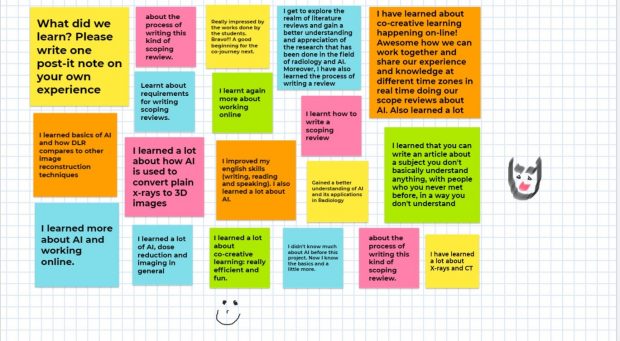
Picture 1. Some of the students’ thoughts about the intensive week.
All in all, our intensive week went past quickly and left us many things to chew on with our article and future work. Yet, we look forward seeing our fellow students in Singapore in October if the world situation let us. The finalized articles have been planned to be published in scientific journals and maybe some abstracts will be represented in upcoming radiology congresses.
In collaboration with:

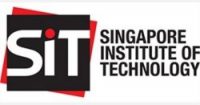

Tämä sisältö on Tikissä-blogin toimittamatonta aineistoa.

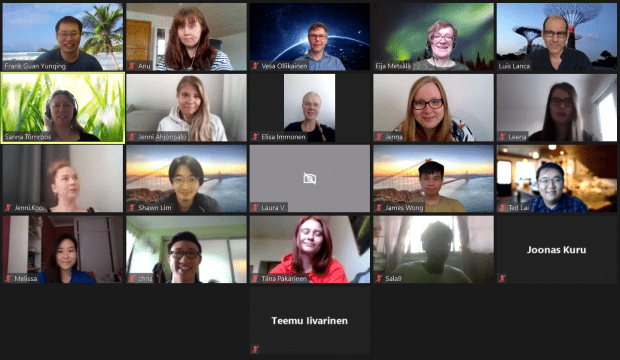
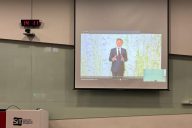
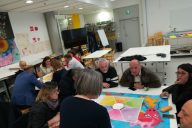




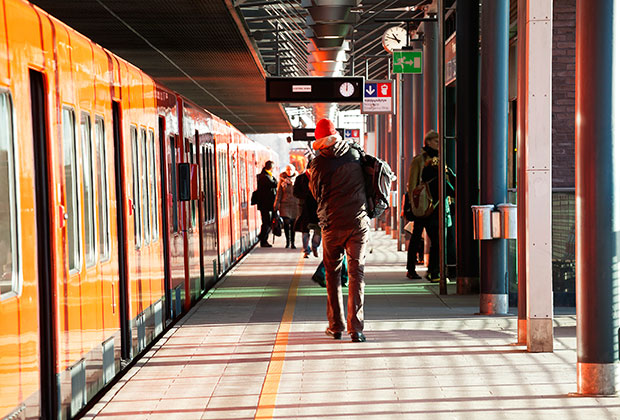
Ei kommentteja